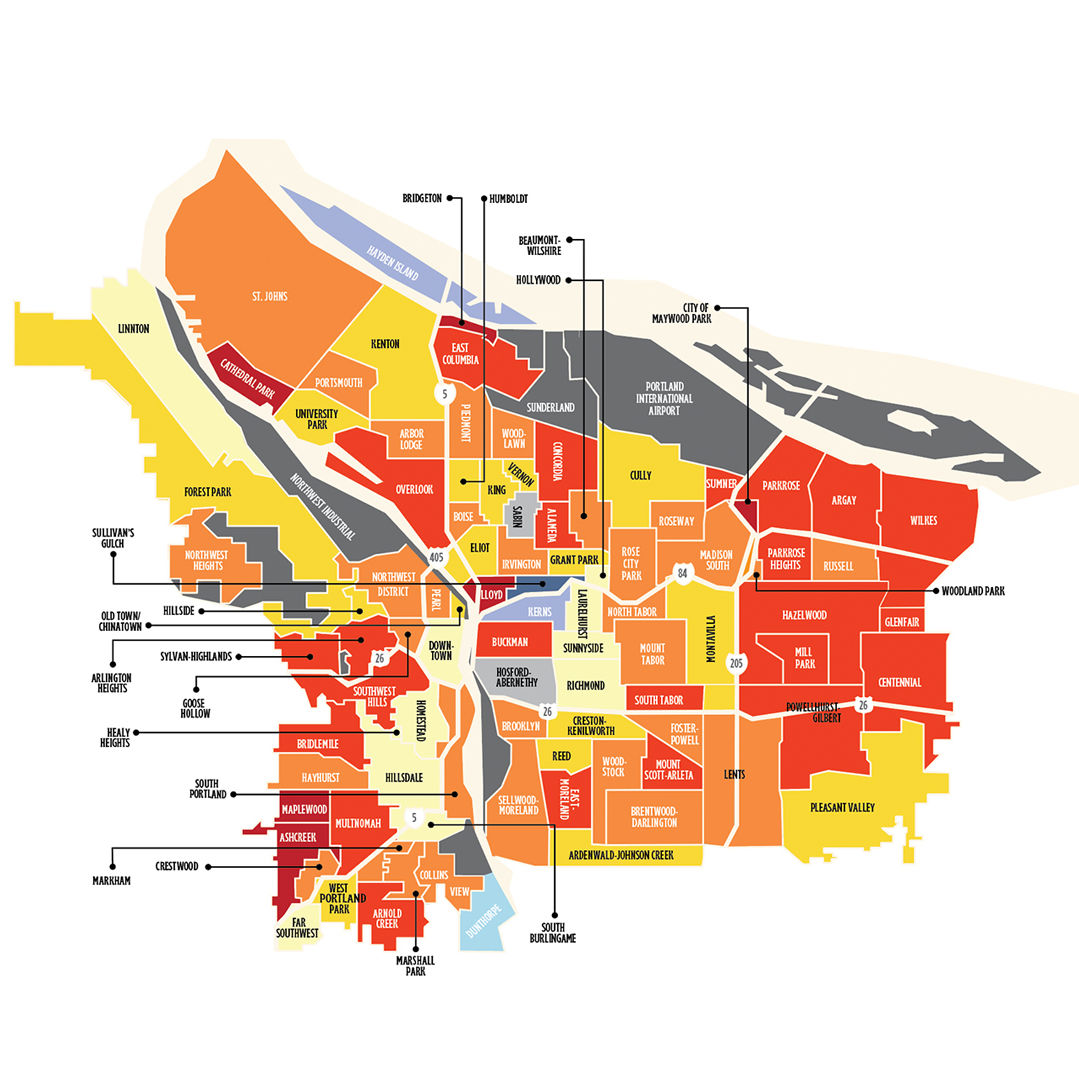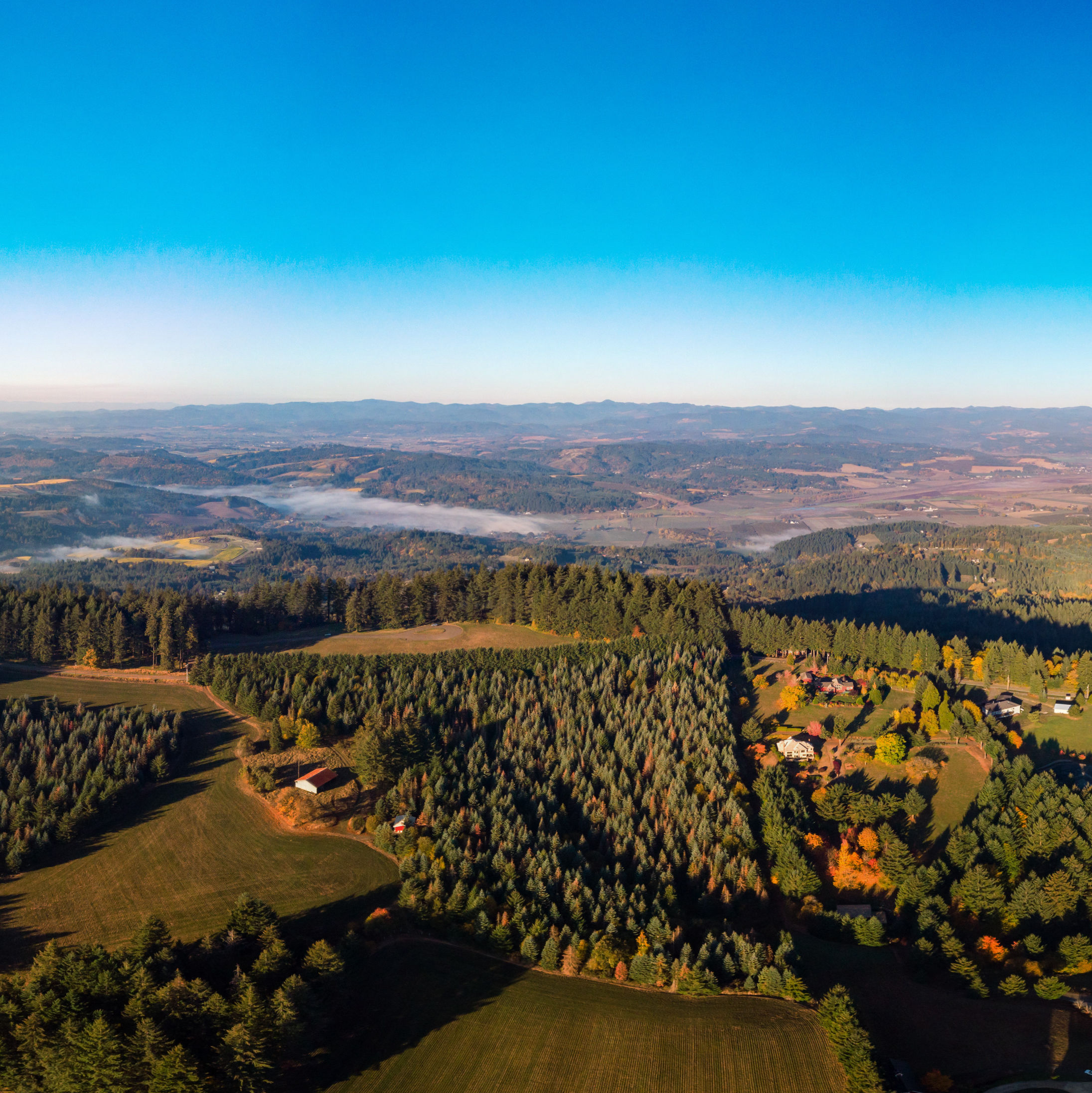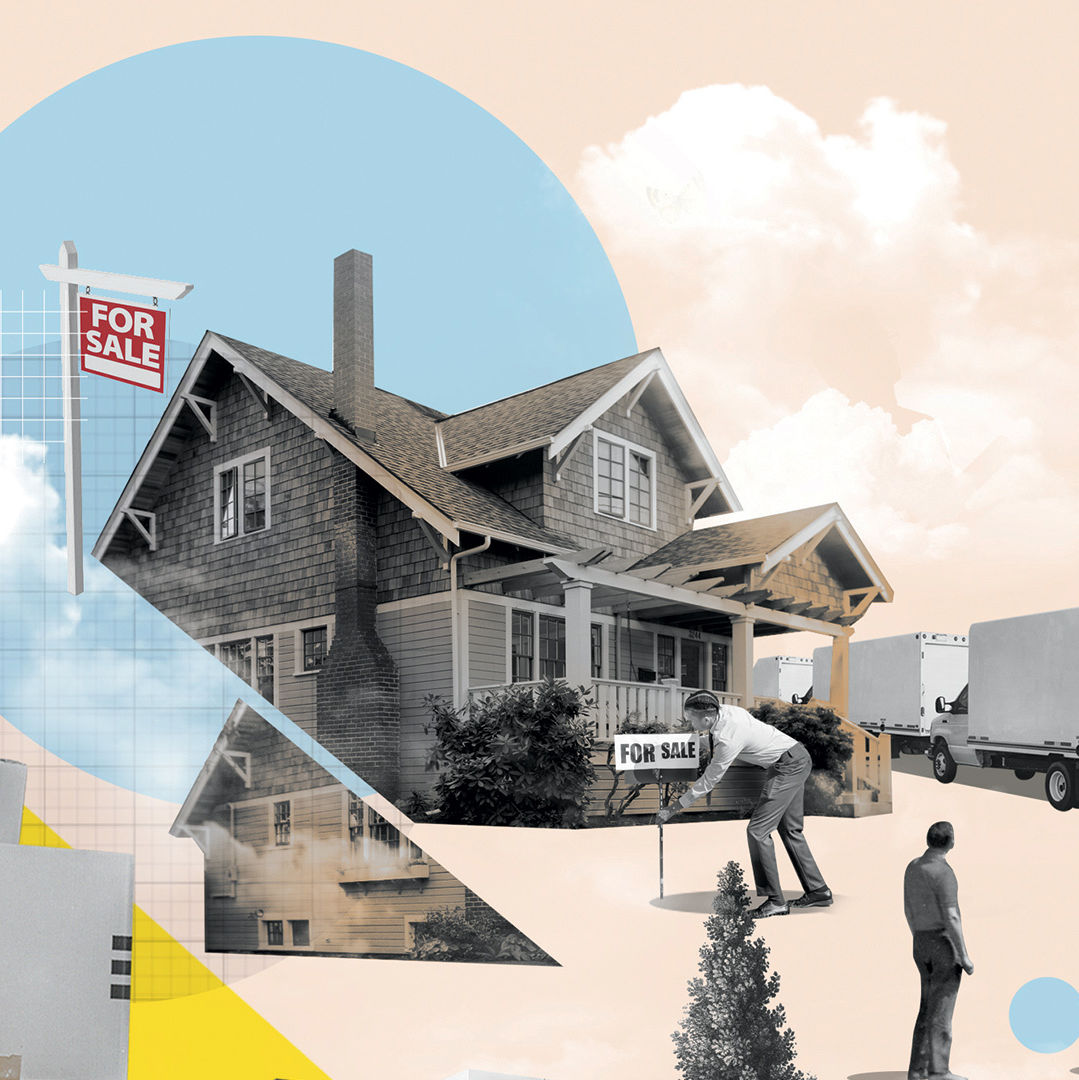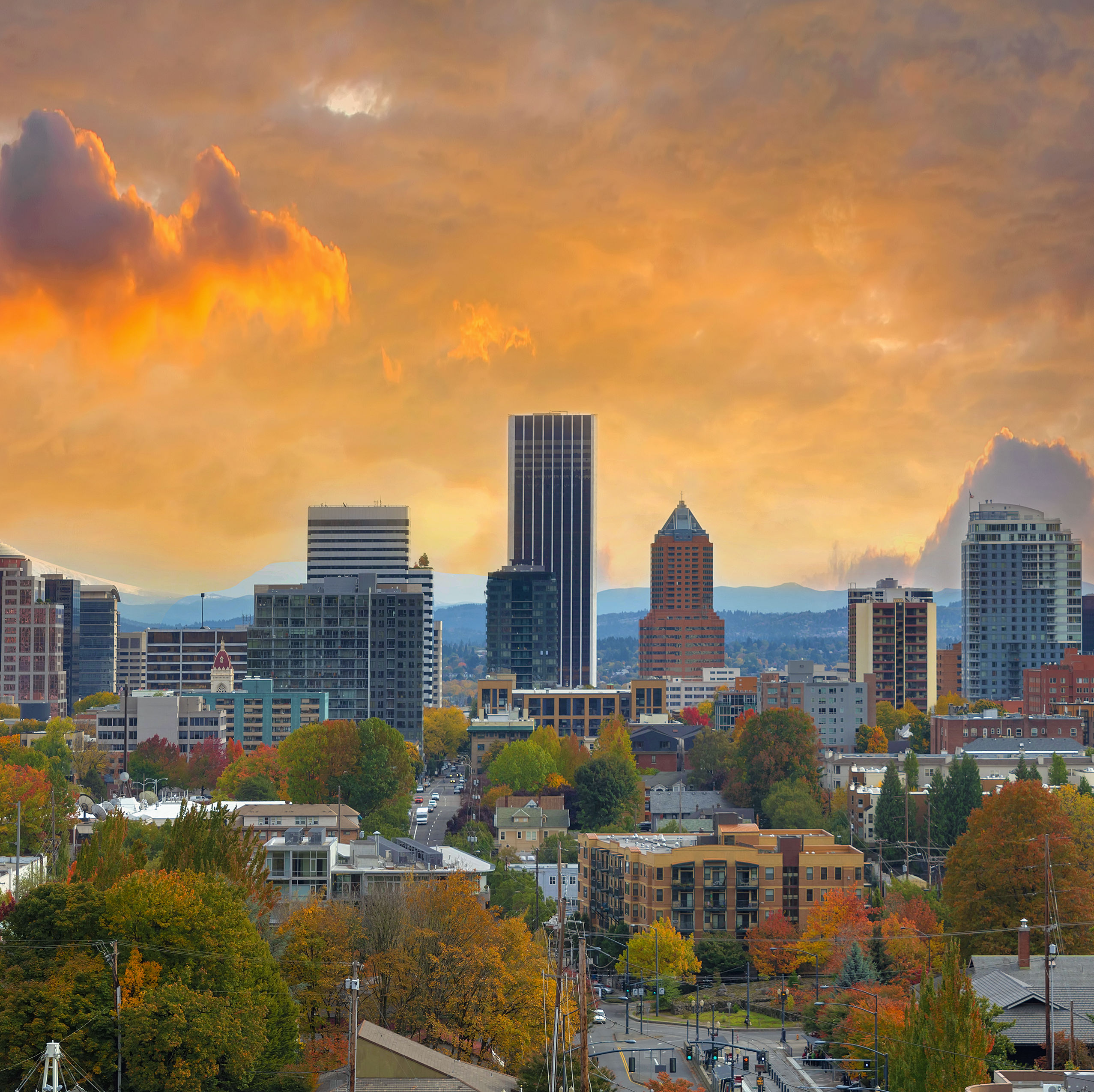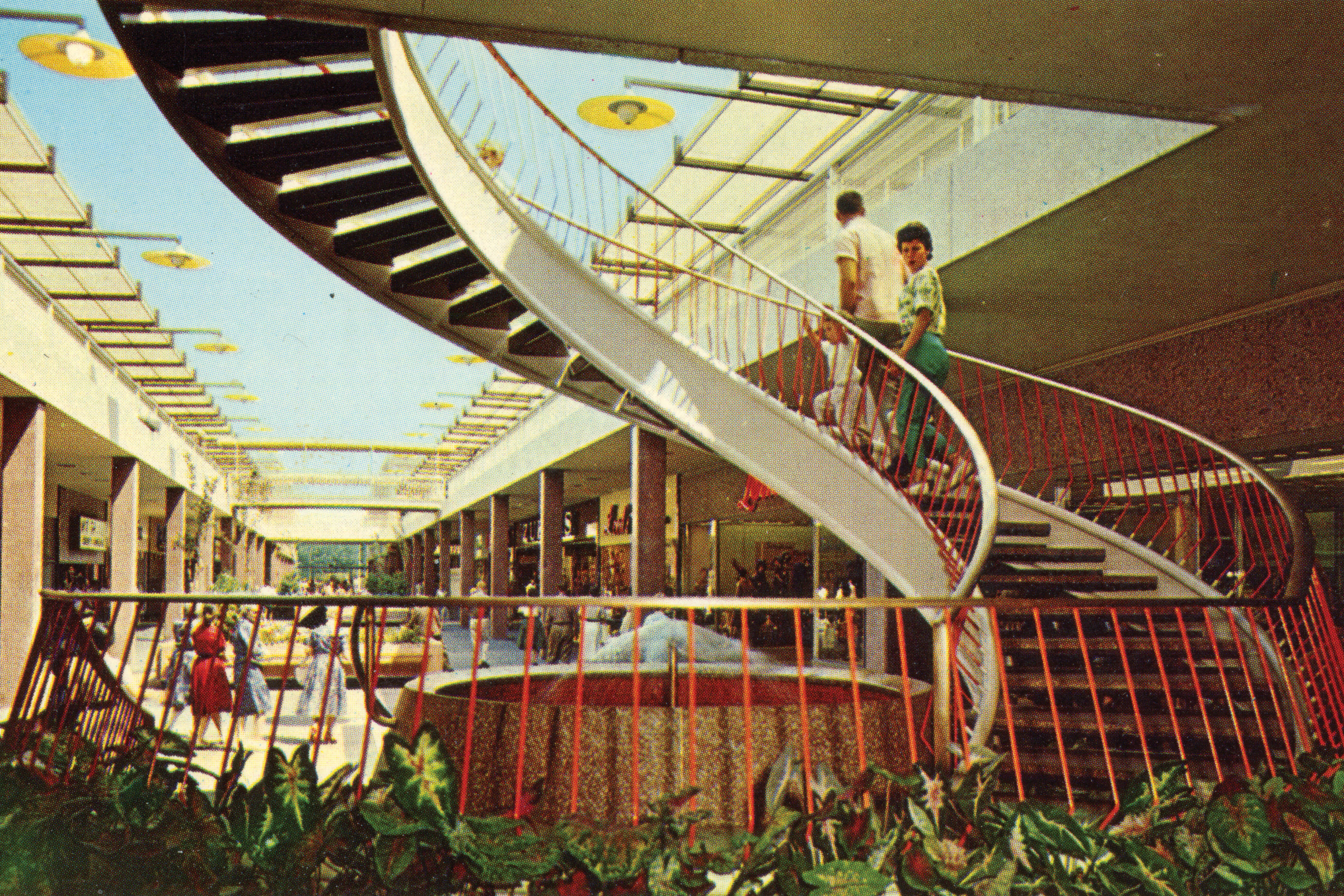Big Ideas for 3 Prime Portland Parcels
A mall, a post office, and a flour mill walk into a bar. What’s the punch line? Your guess is as good as ours. These three major commercial properties in Portland—the Lloyd Center Mall, the longtime main branch of the US Post Office, and Centennial Mills—are all near ghosts, their futures hazy. What comes next for each could say a lot about Portland at a time when the city’s identity seems so uncertain: what we value, who is welcome, and how we handle change. We asked a few big thinkers to tell us their wildest dreams for these sites. Here’s what they had to say.
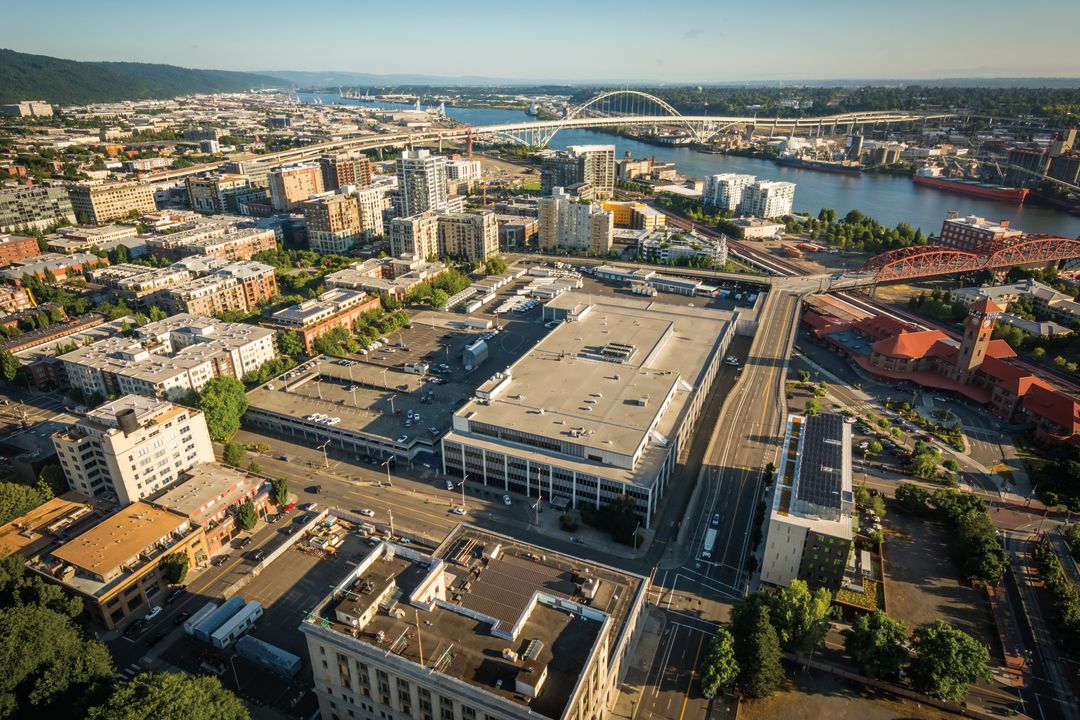
US Post Office
NW Ninth Avenue & Hoyt Street
The US Postal Service hub was state-of-the-art when it was built, but these days it amounts to little more than a 14-acre chunk of concrete wedged next to the Broadway Bridge, Old Town, and the North Park Blocks. The plans for this cornerstone of the ambitious Broadway Corridor project pushed by Prosper Portland, the city’s economic development arm, skittered to a halt in September 2021 when an out-of-state partner pulled out of the project.
Paul Lumley, CEO of the Native American Youth and Family Center, who has led the nonprofit’s move into innovative housing developments for the Indigenous community, says the post office site presents another opportunity to invest in that same community, which is disproportionately impacted by houselessness. He imagines “a property that is Native focused,” and connected to the water, in the thick of the city, close to jobs, and where you can forge connections with neighbors. In addition to affordable housing, he says artistic and cultural gathering spaces would help address a long history of Indigenous exclusion in Portland. For any reimagined large property, “I would love to have another place where Tribes could gather, almost like a longhouse,” he says. “It could be a shared space, too, with other communities of color.”
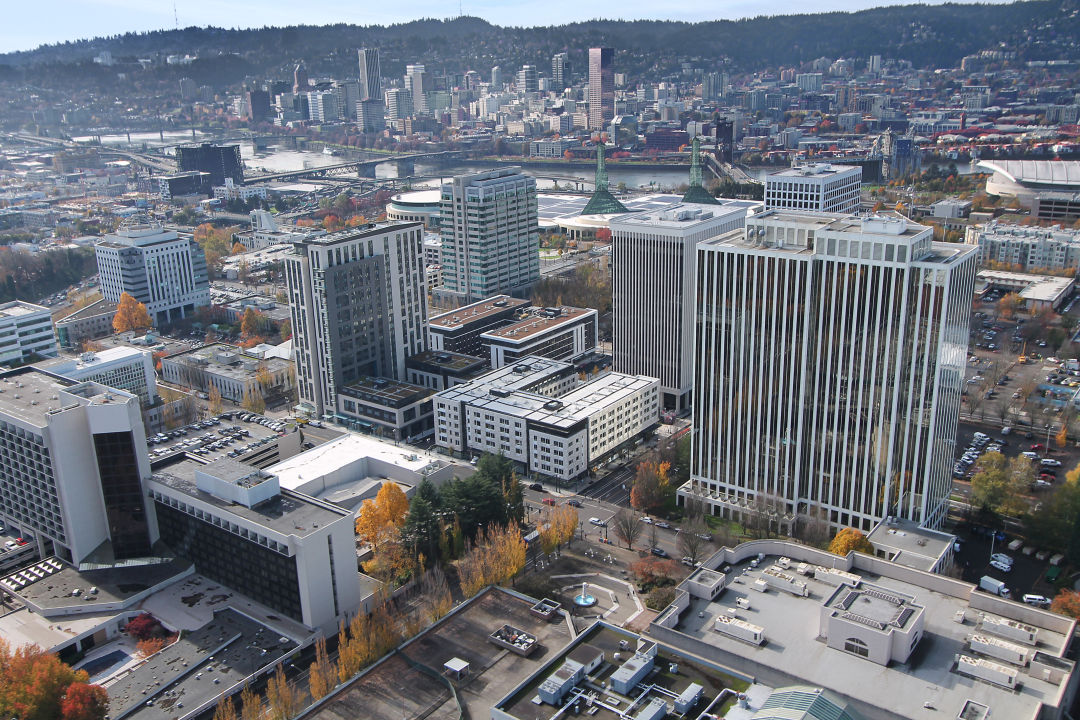
Lloyd Center
Between NE Halsey & Multnomah Streets, from Ninth to 16th Avenue
In an increasingly precarious economic era for many and with disappearing community spaces, the Lloyd Center lives on in many Portlanders’ memories as an image of midcentury prosperity. Gone, though, are its open-air design, fountains, and lollygagging teenagers. In October, mall lenders KKR Real Estate Finance Trust announced they would repossess the property, and in December, KKR tapped Seattle-based Urban Renaissance Group to helm the mall’s redevelopment. To Nikolas Tucker, a Portland-born technical designer at architecture firm Gensler, in addition to increasing affordable and multifamily housing, now is the perfect moment to think about two realms that have been immensely impacted by the pandemic: health care and workspaces. Imagine, he says, a health hub where someone could stop in for a COVID test or booster shot, for a health screening or an addiction services referral. There’s a need “for health care to be more distributed, more convenient to the consumer,” says Tucker, and Lloyd Center’s central location, right by a MAX stop, makes it super accessible. Meanwhile, he says, other space in the vast Lloyd Center building could be used to reimagine working environments as many companies eschew traditional office buildings altogether. Tucker also envisions ample greenspace, and state-of-the-art technology for video conferencing and planning.
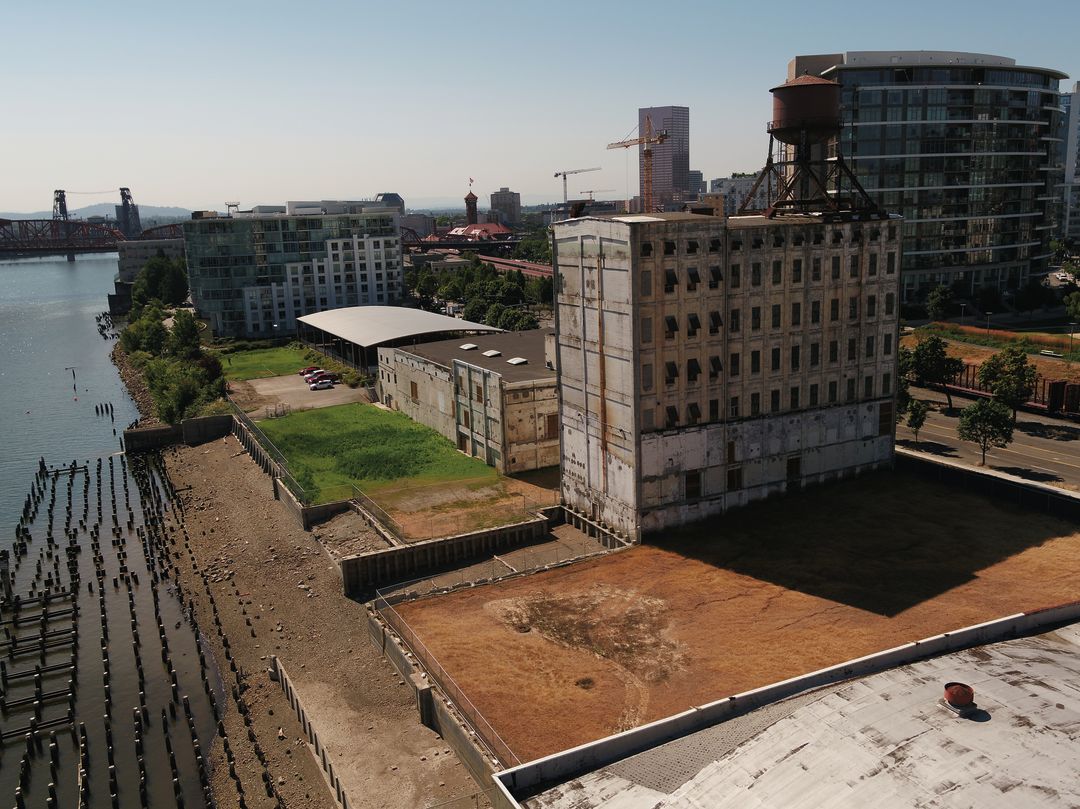
Centennial Mills
Between NW Naito Parkway and the Willamette River, near Ninth Avenue
Dating to 1910, Centennial Mills comes from an era when Portland was competing against other Pacific Northwest cities for investment and new residents, showing off its industrial and trade potential along the Willamette River. Prosper Portland (then known as the Portland Development Commission) acquired the buildings, which had long fallen into disarray, in 2000, and since then three separate development deals for the location have fallen through. “It’s a decades-long issue that’s lost the plot,” says Brian Libby, a local architecture writer who thinks Portland has suffered in the past by trying to scale up too much and too fast. “Development is speculation, and overspeculation can be a real problem.” Instead, he says, “they should preserve what is left and make a ruins park, like Gasworks Park in Seattle, or lots of examples in Europe.” After all, the parks in the area—the Willamette River Greenway Trail, Jamison Square, Tanner Springs, and the Fields—lead right to the Centennial Mills property.
The goal: to preserve Portland’s history and reaffirm Portland’s identity as an environmentally progressive place, so we don’t “lose our green momentum.”
